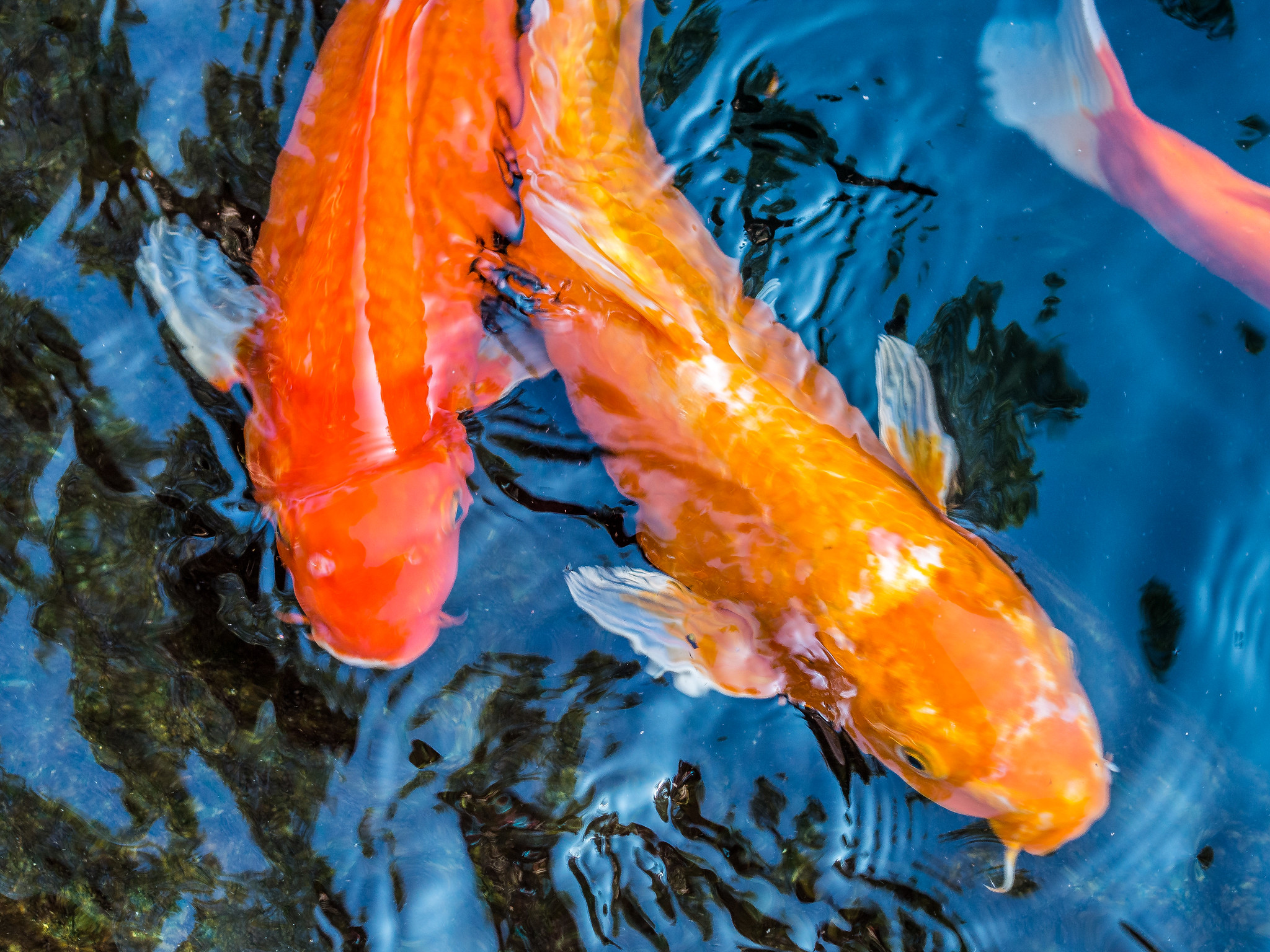Limassol Zoo, nestled in the heart of Cyprus’s bustling coastal city, has been making waves in the world of conservation. While many visitors come to admire the diverse array of animals on display, few are aware of the critical work happening behind the scenes to protect endangered species from around the globe.
The zoo’s dedication to conservation efforts has become increasingly apparent in recent years, with a particular focus on species native to the Mediterranean region. One of their most successful programs involves the protection and breeding of the Cyprus mouflon, a rare wild sheep found only on the island. Through careful management and breeding techniques, the zoo has managed to increase the population of these elusive creatures, both in captivity and in the wild.
But the zoo’s efforts don’t stop at local species. They’ve also taken on the challenge of preserving animals from far-flung corners of the world. Take, for instance, their work with the critically endangered Amur leopard. With fewer than 100 individuals left in the wild, every conservation effort counts. Limassol Zoo has joined forces with international partners to participate in a breeding program aimed at bolstering the species’ numbers and genetic diversity.
It’s not just about breeding, though. The zoo’s staff is committed to educating visitors about the plight of endangered species and the importance of conservation. Interactive exhibits and engaging presentations help to bring these issues to life, inspiring guests to take action in their own lives to protect wildlife and habitats.
One of the most innovative approaches the zoo has taken is its “Adopt an Animal” program. This initiative allows visitors to symbolically adopt an endangered animal, with the proceeds going directly towards conservation efforts. It’s a win-win situation: the zoo receives much-needed funding, and participants get to feel a personal connection to the animals they’re helping to protect.
Of course, conservation work isn’t without its challenges. Limited space and resources can make it difficult to accommodate all the species in need of protection. However, the zoo has found creative solutions to these problems. They’ve partnered with local landowners to create off-site breeding facilities, allowing them to expand their conservation efforts beyond the zoo’s physical boundaries.
The zoo’s staff is quick to point out that their work extends far beyond the confines of their facility. They regularly participate in field research and conservation projects in various parts of the world. From tracking sea turtles in the Mediterranean to studying the habitat needs of endangered birds in Cyprus’s Troodos Mountains, the zoo’s experts are constantly working to gather data and implement strategies to protect vulnerable species.
Perhaps one of the most heartening aspects of Limassol Zoo’s conservation work is the level of community involvement it has inspired. Local schools frequently visit the zoo for educational programs, and many students have gone on to become passionate advocates for wildlife conservation. The zoo also hosts regular volunteer days, where members of the public can get hands-on experience in animal care and habitat maintenance.
As we look to the future, it’s clear that the role of zoos in conservation will only become more crucial. With habitats around the world under increasing threat from human activity and climate change, institutions like Limassol Zoo serve as vital lifelines for endangered species. Their work not only helps to preserve biodiversity but also fosters a sense of connection between humans and the natural world.
So the next time you visit Limassol Zoo, take a moment to appreciate the deeper significance of what you’re seeing. Behind each enclosure and exhibit lies a story of dedication, hard work, and hope for the future of our planet’s most vulnerable creatures. It’s a reminder that even in the face of daunting environmental challenges, there are still reasons to be optimistic about the future of wildlife conservation.
Limassol Zoo, located in Cyprus, plays a significant role in wildlife conservation and education. Despite its modest size, the zoo houses a diverse collection of animals and contributes to breeding programs for endangered species. While facing challenges common to many small urban zoos, such as limited space and resources, Limassol Zoo continues to improve its facilities and animal welfare standards. The zoo serves as an important recreational and educational destination for locals and tourists alike, fostering a connection between visitors and wildlife. As it evolves, Limassol Zoo strives to balance its role as a public attraction with its commitment to animal care and conservation efforts.

